|
So we recently had a new well drilled on the homestead we are building from scratch and despite going down 680', we are only yielding about 1/2 gallon per minute. Ideally a well should get 5 gallons per minute or more so we are not anywhere close to what we really want, or need for that matter. So now what?
This leaves us with a couple of options.
Here is a video we made about the process so far:
And our decision....
Thanks for visiting!
Please remember to follow us on social media! Sincerely,
6 Comments
Well, it's official. Our land is cleared for building! The road has been completed and now we have about a 1.25 acre clearing to begin building our future homestead.
There is still a lot to do though. We are meeting with the well drilling company this weekend and we are still waiting to meet with an engineer to design our septic system. Yes, this is a new thing as per the New York State Board of Health. Everyone needs a system designed by a specially licensed (NYS) engineer. Of course that means that you can't hire any ole' engineer. Only an engineer that has taken a special septic design certification in New York State. Ugh...very annoying. Anyhoo....the engineer we want is so backed up they can't even come until mid August or later! So we will just have to wait. We have also made our application to National Grid to have underground electric, but of course this is on hold because of the septic. We didn't know it originally, but if we have three out of four things (foundation, road, well, and/or septic), National Grid will cover a nice chunk of the cost of underground installation including the transformer, and a cost equal to 100 feet of above ground wire connection. That totals a few thousand dollars (And an additional savings of the $800 fee we would have had to pay for temporary service.). So, bottom line, the electric is on hold! No brainer there. But either way, we are off to a great start. We have a road. We have a clearing. And we put our little trailer on the land so we can now enjoy it even more! Check out our latest YouTube video showing the land clearing and please, subscribe to our channel to stay up to date on all future videos!
Sincerely,
So, we joined a collaboration on YouTube for the first time. This is very exciting for us because it is the first time that we have connected with other homesteads around the world. It is really fascinating to see all the different ways of homesteading there are today. From small homesteads like ours here on Long Island, to really large homesteads with hundreds of acres, everyone is different, but the common theme is the same: they all want to be self sustainable. This is a really big deal today because there is so much dependence upon the world for basic survival that to do it like the pioneers did has become really important to individuals, couples, and families, that only want to depend upon themselves.
In our video below we talk about the homestead we currently live on that is located on Long Island in New York, USA and we talk about the homestead we are currently building in the Adirondack Park of New York for our retirement in a few years!
If you enjoy it and are interested in upcoming videos please subscribe to our YouTube channel "Creating A Simpler Life."
About The Collaboration:
The collaboration was started by two homesteads as a way to connect with other homesteads so that everyone can share what it is like to homestead where they are located because who knows, maybe someone else might want to try homesteading there too! Check out there YouTube channels and their videos below and subscribe if you like what you see!
The collaboration is open to any homestead around the world that wants to make a video and join the playlist. They really want participation from different countries and different states. The more the better! No matter how big or small your homestead is, you can join. You simply need to answer a series of 15 questions (see below) and upload a video to your YouTube account. There are particular ways of titling the video and you will need to reach out to Danny and Wanda and/or Liz to have them share your video on their playlist. You will also need to create your own playlist and add all the other videos that have already been contributed.
Questions To Answer:
No experience making videos? Nobody cares! You can use a cell phone, a camera, or even set up your computer to record. It doesn't matter and it's never too late to try!
Thanks for visiting!
We hope you click the like button and join us on our journey to creating a simpler life now, and for our future retirement in the Adirondacks! Sincerely,
Now that we own 30 acres in a somewhat remote location in the Adirondack Park we started to think about the "what if's." What if someone is on it and gets hurt. What if a snowmobiler goes off the trail. What if someone hunts on it. What if someone goes on it without us knowing.....ugh. There were just too many things to think about so I started to do some research about the laws regarding vacant land, ownership, and trespassing in New York. Of course we wanted to be friendly with our future neighbors, and we certainly wanted the snowmobile club to continue using the trail running through our land but we just didn't know where to start or how to go about posting signs on our land properly. What I found in my research was quite interesting and not what I expected at all.
Here in New York the trespassing laws are controlled by the DEC (Department of Environmental Conservation) and this is what I discovered:
We Chose To Post...
In New York State, if you choose to post your land, the signs must meet the following requirements:
Since the land was already posted with appropriate signs along the road, we just left them as is and added our name, address, and phone number to the ones we could reach without a ladder. We also purchased enough signs to post a minimum of every 100' all the way around the entire property. With a border measurement (including both sides the back and the front) of approximately 4,780 feet we purchased 48 signs (they come in 12 packs). We glued the signs to a thick plastic backing as support. It was scrap that we had laying around so that didn't cost us anything. Since there is a snowmobile trail on our land and we have an agreement with the local club, we also purchased three special signs you see to add to the locations where there are entrances onto our land and at the junction where the trail splits in three directions. We did however add that this was for the 'snowmobile trail' to the signs. Hopefully this works and people respect our property when we are not there.
How We Posted...
We hiked the entire border of the land and posted it! The first half we did with the company of family and then Rich and I finished the rest on our own. This was a great way to get to know and become familiar with the border of our land. We chose rather large trees that looked like they would be around for a while and galvanized nails to post the signs. The signs were posted facing out, away from our property, to prevent trespassers.
Check out our update on our posted signs in the YouTube video below! Please subscribe to our channel too :-)
Products purchased through Amazon (affiliate links):
Check out our other posts about our future homestead!
Thanks for visiting and have a great day :-) Sincerely,
We have bats. I know for a fact because they have literally flown past my head. This mostly happens ad dusk when we are swimming in the pool. The bugs just love to hover right above the surface of the pool so the bats just love to swoop in and "chomp" on them! I don’t mind though. In fact, I am actually thrilled because with all the mosquito born illnesses being discussed on a daily basis in the news we certainly want to get rid of them. So we welcome the bats because, well, they eat this nasty mosquitoes right up!!!
Think about it. Have you ever heard anything good about mosquitos? I certainly haven't. I just 'googled' the question and the only good thing that came up is that they are part of the food web. Yup, they are good food for birds, fish,frogs and, of course, bats! Their purposes on Earth is to be food for other animals. Sort of the bottom of the food web. So I guess it makes sense that we (humans I mean) do everything we can to either get rid of or to minimize their presence. On a community level they spray neighborhoods regularly where we live. I don't really like this, but even with the spray the mosquitoes are horrible. On a personal level people use all kinds of sprays and lotions, burn citronella candles, buy mosquito zappers, and more. In our yard we make sure there is no standing water, we make natural DIY mosquito repellant (essential oil recipe here), and of course use citronella in lots of places. And now, we finally have a bat house that holds up to 100 bats! But we are not hanging it at our current house, we are hanging it on our future homestead! Yes, that's right, we have decided to hang the bat house on our land in the Adirondacks. We chose to do this because the summer is when the mosquitoes are the worst and last summer when we were working on the land we were literally eaten alive. So this summer we are hoping to decrease the mosquito population by luring bats in the area where we plan to build our house. Check out our video on You Tube of How NOT to Hang a Bat House:
What are the benefits of a bat house?
What are the negatives?
Check out our YouTube video about why you NEED a bat house! Please be sure to subscribe to our YouTube channel for future videos!
What next?
Buy or build a bat house – some links for plans and some links to buy it 1. Build a Bat house with one of these plans: - Single Chambered Bat House by Bat Conservation International - Plans, Tips and More from from the Organization for Bat Conservation 2. Buy a Bat house at this link (same one I have): - Single Chamber Bat House by Organization for Bat Conservation $49.99 Paint the Bat House: Depending upon where you live and the average temperatures, the color you paint it will vary. We painted ours black because of our location.
Hanging the Bat House
If You Build it They Will Come....Maybe
"What?" After all that work there is a chance that no bats will move in? This is true, thats a possibility. So here's how to increase your chances of having bats move in:
Update! We have purchased a new ladder (Gorilla Ladder 22') and relocated the bat house! Check out our new video of us using the ladder to relocate the bat house :-)
Thanks for visiting!
I would love to hear if you have a bat house and how it has worked out for you :-) Check out our Bats and Bat Houses Pinterest page for more information and tons of other plans and ideas. Sincerely,
Sources:
http://www.cdc.gov/rabies/bats/education/ www.mayoclinic.org/diseases-conditions/histoplasmosis/basics/definition/con-20026585
|
Hi there! I'm Kathie, the author behind Creating A Simpler Life blog. I'm excited to share our longterm projects (and planning) toward building our future retirement homestead in the Adirondack Mountains of New York. In the meantime I will be sharing all the other little things we do that are part of creating our simpler life!
Categories
All
Archives
July 2020
|

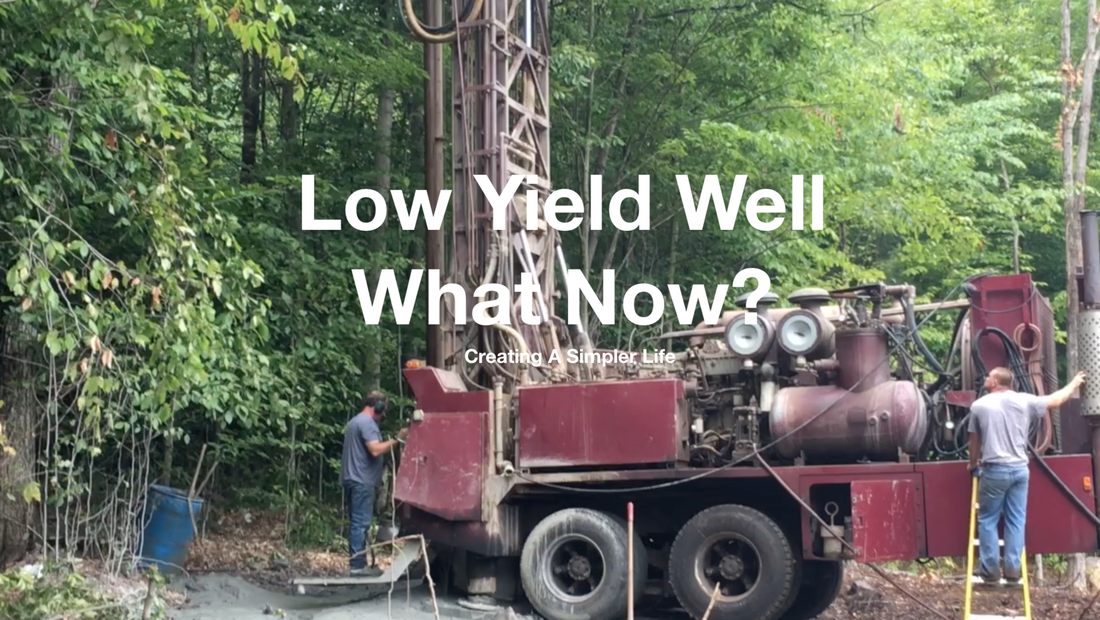

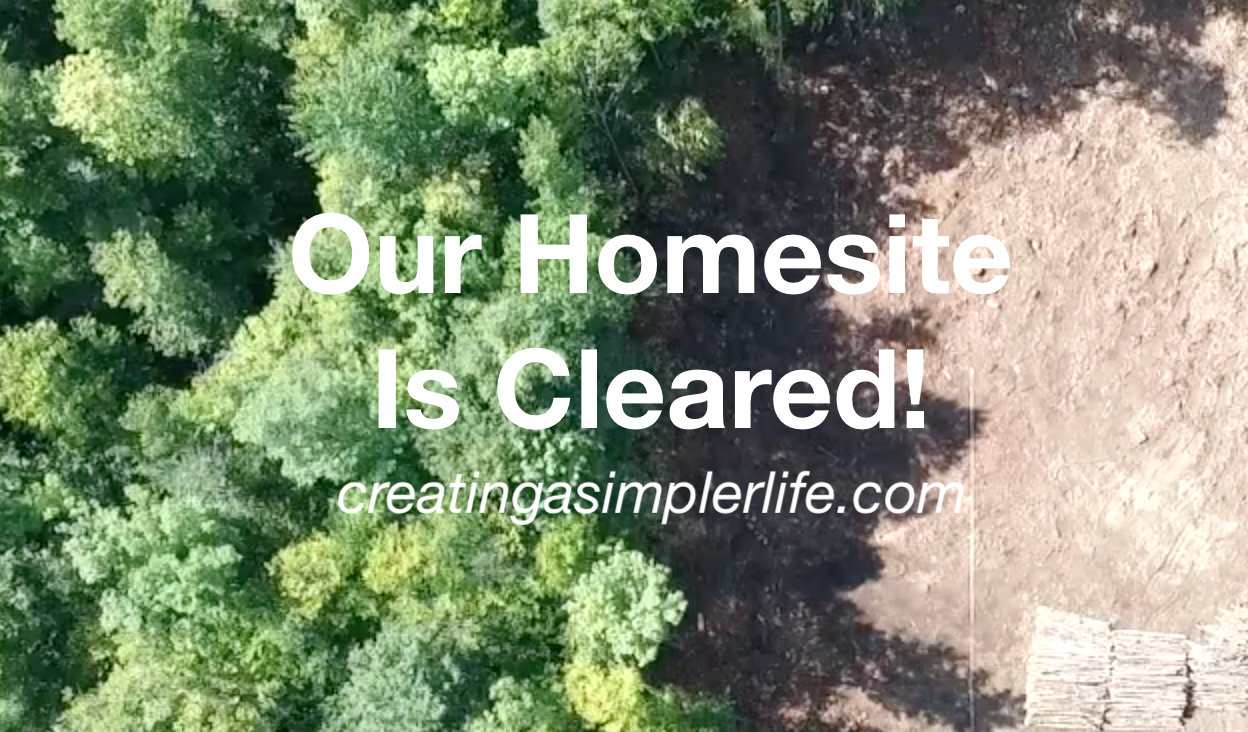

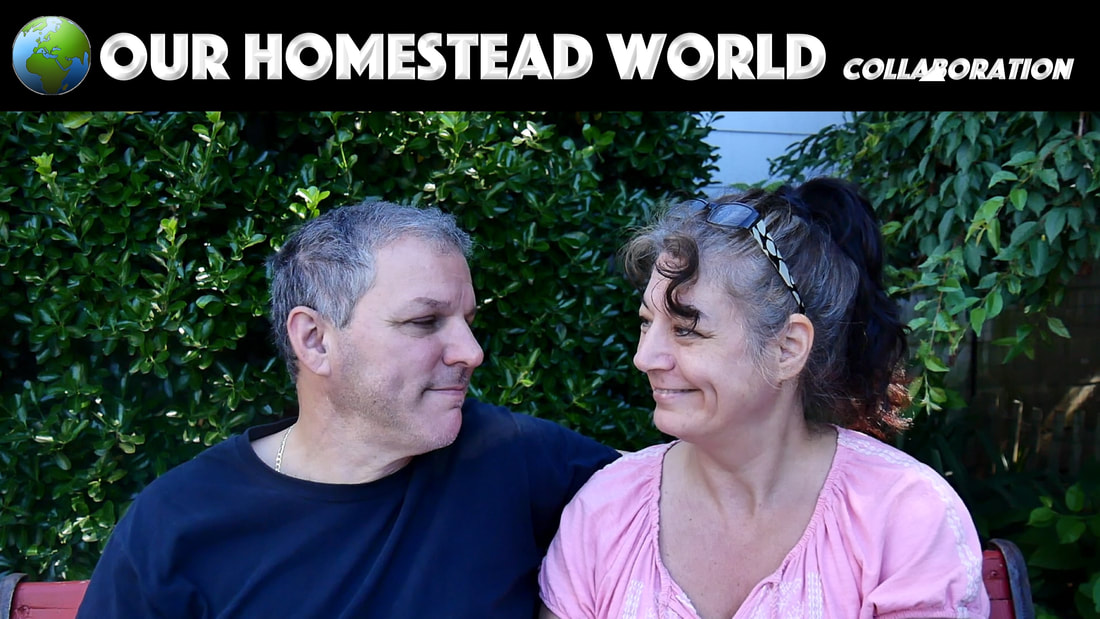

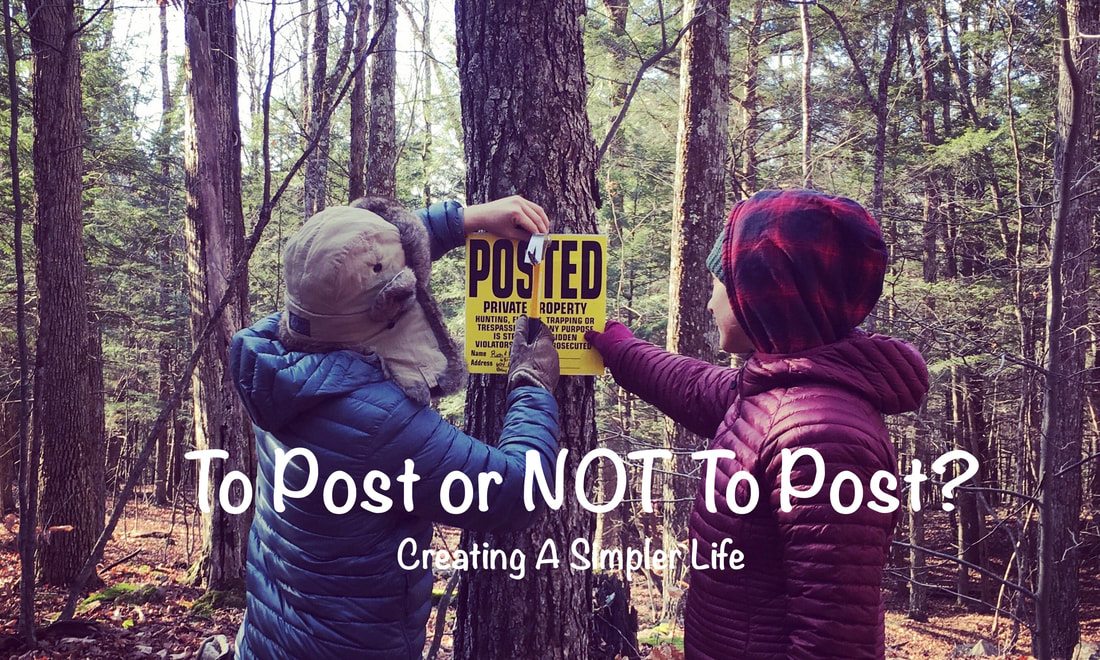
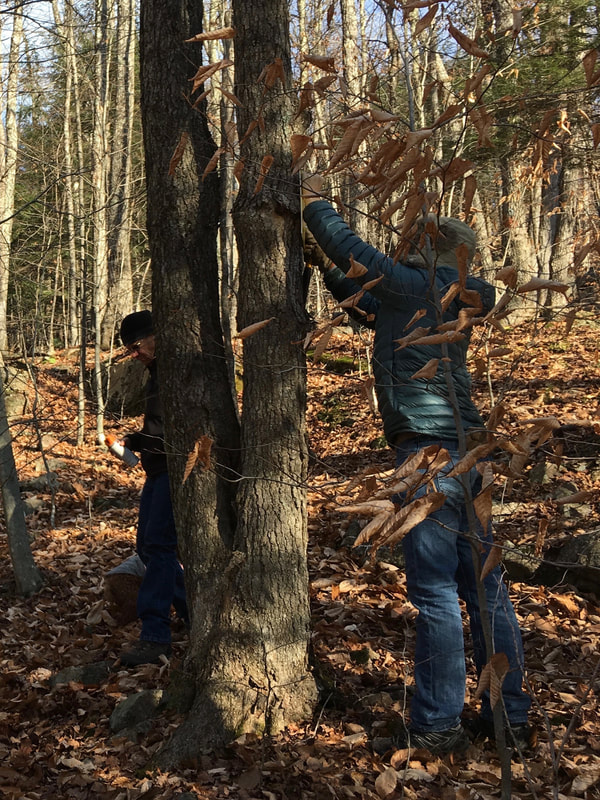
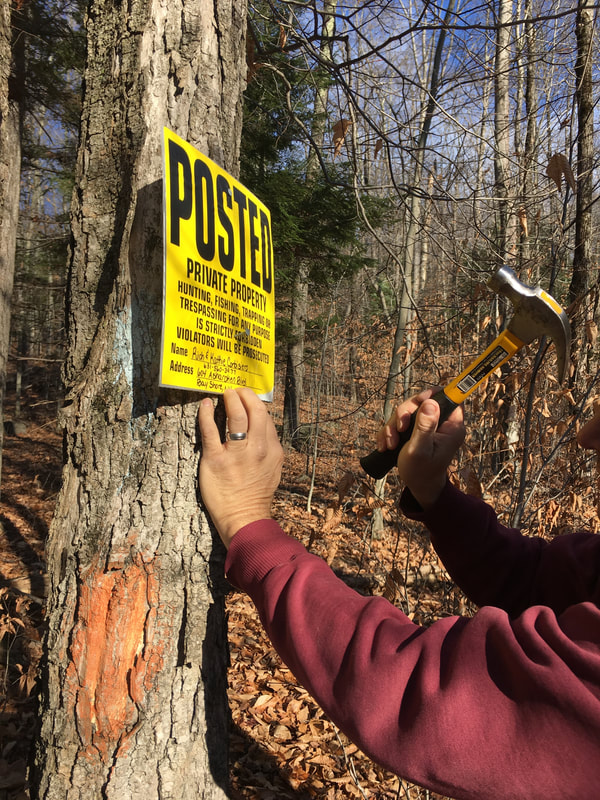

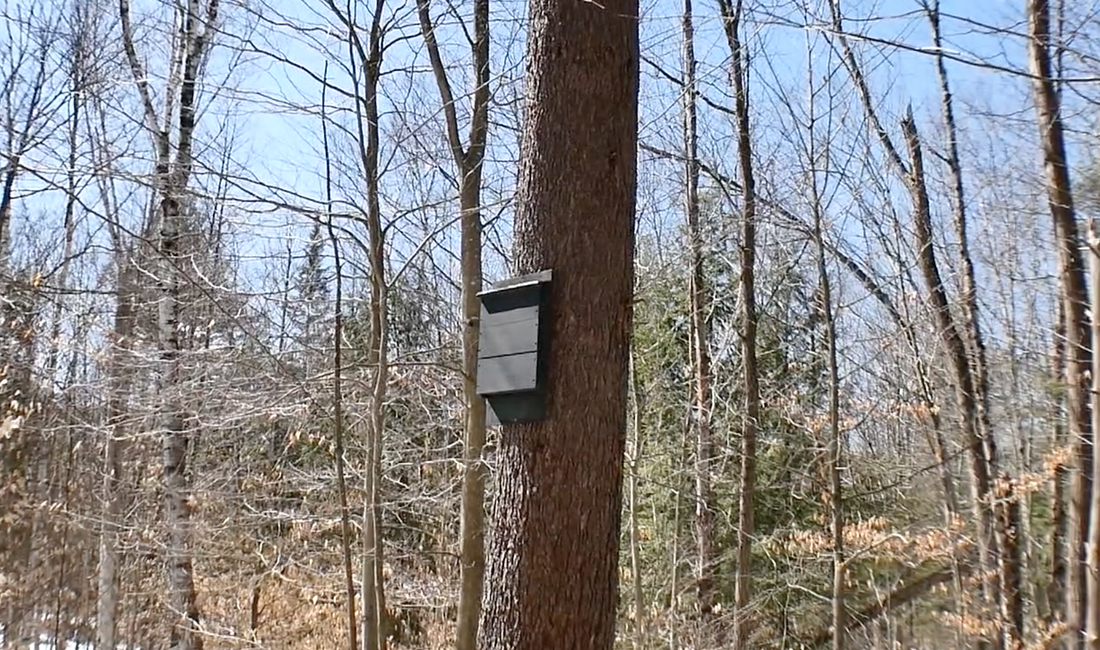
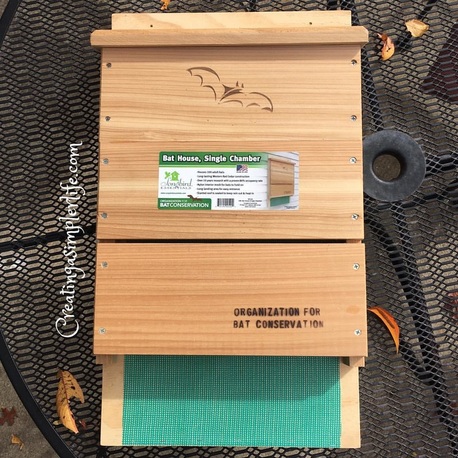
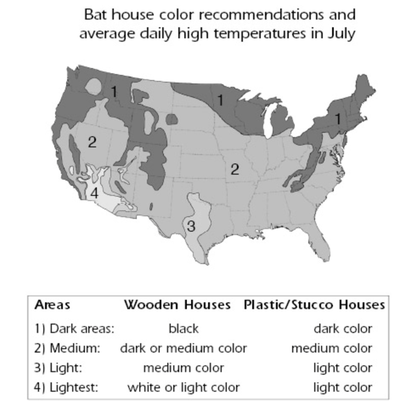
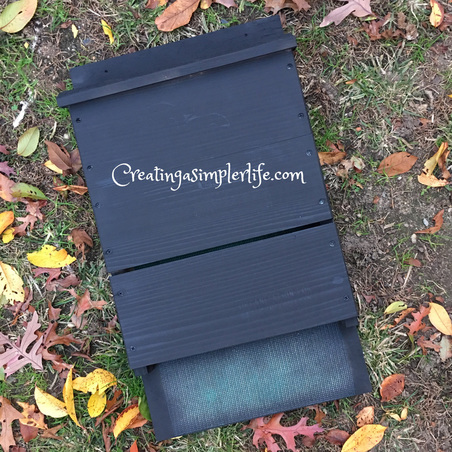


 RSS Feed
RSS Feed